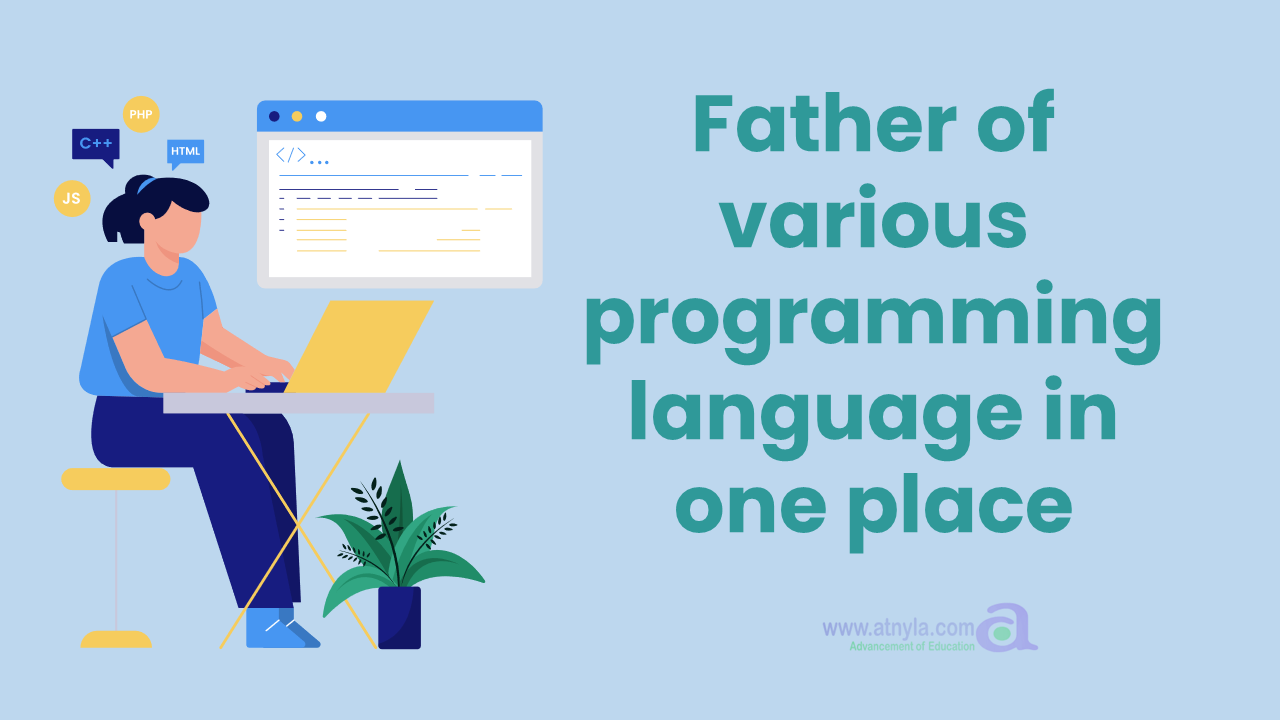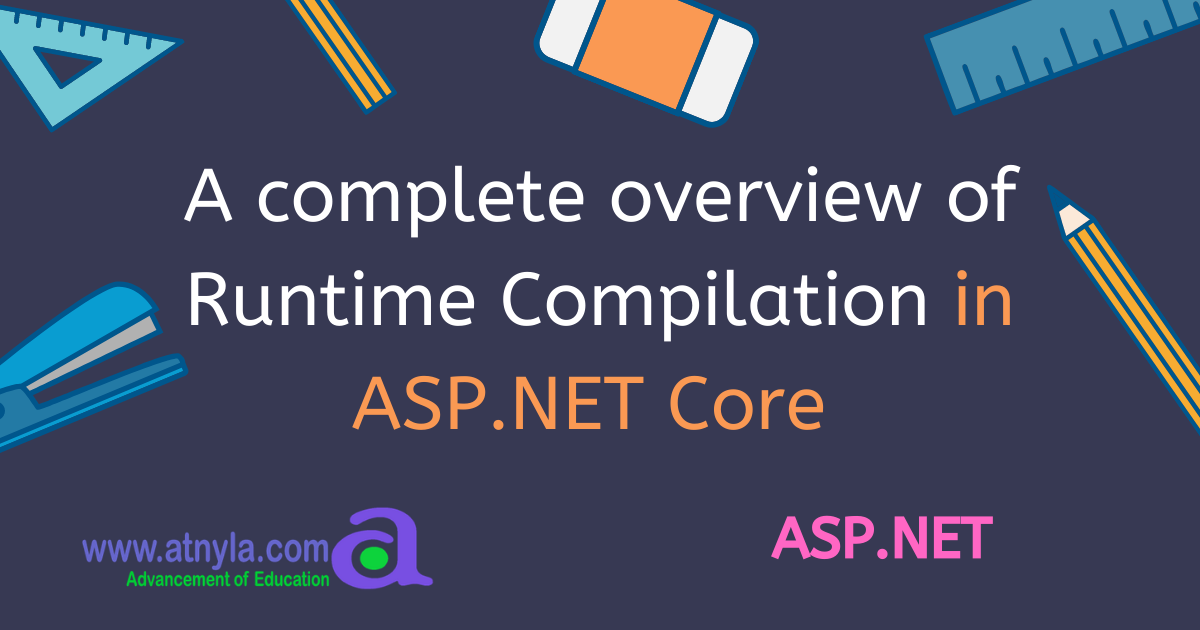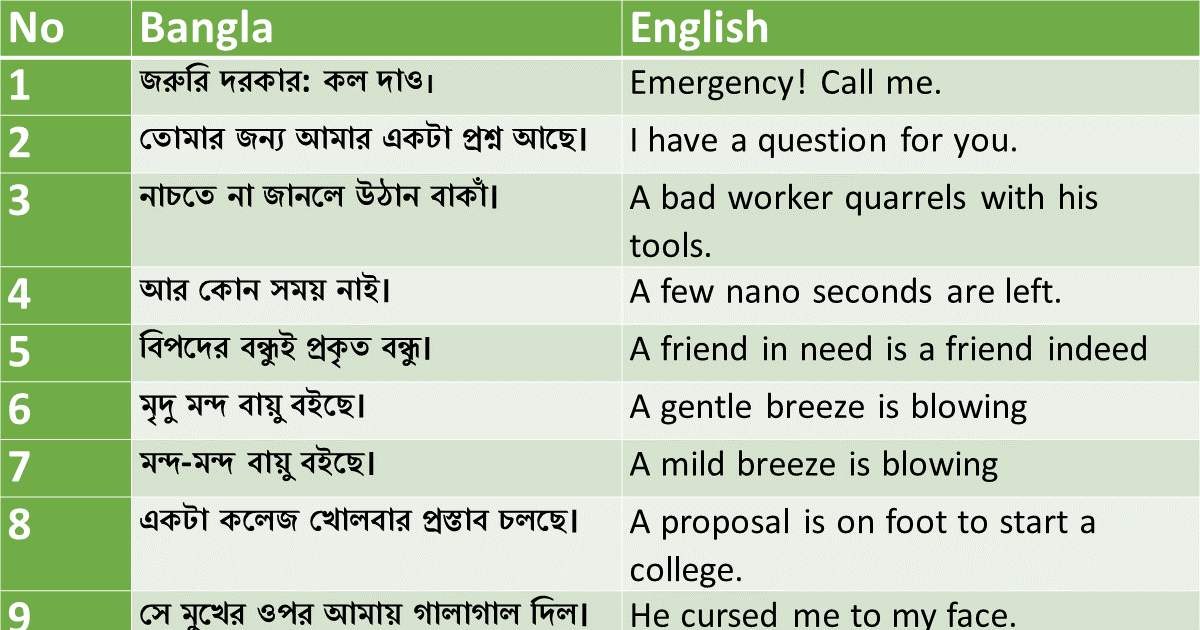Generative AI
Generative AI
- Generative AI is a broad-level title that's used to describe any kind of artificial intelligence (AI) that can be used to generate new audio, code, images, text, simulations, and videos.
- ChatGPT, DALL-E, and Bard are examples of generative AI applications that produce text or images based on user-given prompts or dialogue.
- The evolution of AI can be traced to 1950s to the Turing Test proposed by computer scientist Alan Turing.
- One of the initial examples of Generative AI was the Markov Chain. It was a statistical model that could be used to generate new sequences of data based on input.
- Early developments in AI were focused on creating algorithms capable of executing basic tasks such as mathematical problem-solving and chess-playing.
Basics of Generative AI
-
The advent of neural networks marks a noteworthy moment in AI development.
-
The origin of current Generative AI can be tracked to the development of generative adversarial networks (GANs) in 2014.
-
Since the GANs, Generative AI has grown and been used to produce things such as images, videos, music, literature and so on.
-
The Generative AI has also found takers in various industries such as finance, manufacturing, healthcare, etc.The Evolution of Generative AI: A Journey from Eliza to Deep Learning
-
Understand more via the following videos
How Generative AI Works
- Generative AI is a type of machine learning.
- It trains the software models to make certain predictions based on the data fed to them without the need to have any explicit programming.
- Generative AI models train on existing content, identifying patterns, and creating similar outputs based on probability distributions.
- Generative AI, part of deep learning, uses neural networks to handle complex patterns without human supervision, based on the human brain.
- Generative AI models utilize generative adversarial networks (GANs), transformers, and ariational AutoEncoders (VAEs) for training and outputs.
Reference Article:
Generative AI Interfaces
- AI applications revolutionize user interaction, with voice-activated AI pre-installed on everyday devices.
- Generative AI now allows users to interact with software interfaces, enabling wider access and usage. Developers design user experiences with prompts and plain language interactions, reducing the need for technical knowledge.
Generative AI Interfaces
- ChatGPT :
- OpenAI's ChatGPT is a text-to-text generative AI chatbot, enabling users to ask questions, engage in conversation, and prompt it to compose various genres.
- OpenAI introduces free ChatGPT online, offers API, enterprise subscription, embedding options.
- DALL-E :
- DALL-E, a text-to-image generative AI developed by OpenAI in 2021, uses a neural network to generate photorealistic imagery with descriptive text, allowing various styles and perspectives.
- DALL-E allows image editing through Inpainting and Outpainting, adjusting image proportions and boundaries.
- Bard :
- Bard is a text-to-text AI interface using Google's LaMDA language model, providing a complementary experience to Google Search.
- Bard, released in March 2023, faced headlines after sharing incorrect information in a demo video, causing Alphabet's shares to plummet 9%.


































